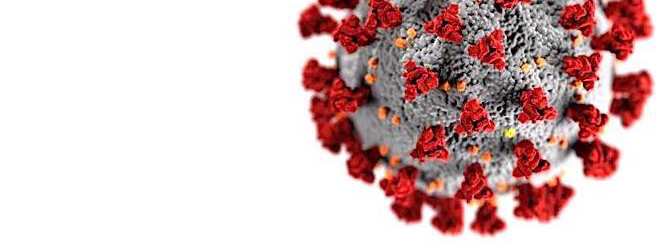URL: https://www.desy.de/news/corona_research/index_eng.html
Breadcrumb Navigation

Corona Research
DESY and its campus partners join the global fight against the pandemic
The corona crisis also poses enormous challenges for science: New findings and concrete solutions for the SARS-CoV-2 pathogen are required within a very short time. DESY's X-ray light sources are ideal tools for studying the virus and possible drugs at the molecular level. Researchers from DESY and its campus partners also contribute their expertise in other fields. Experts on the DESY campus are involved in corona research in many different ways:
-
At DESY's X-ray source PETRA III, a research team screened several thousand active substances for their basic suitability as Covid-19 drugs. In the process, they identified several substances that block an enzyme that is important for virus replication. Another research group identified a synthetic antibody among hundreds of candidates that could neutralise the virus.
-
Using an X-ray procedure developed for the brain, researchers used PETRA III to examine damaged lung tissue of Covid-19 patients in extreme detail.
-
DESY's IT departments make parts of their computing capacity available for data analyses and complex computer simulations. Among other things, they calculate how certain viral proteins behave. Up to 30 September 2020 alone, 13,997,439 hours of CPU time were thus accumulated, which corresponds to the full performance of about 800 laptops and about six percent of the total DESY computing capacity.
-
With the help of PETRA III, experts are looking for innovative ways of administering corona drugs. The aim is to alleviate possible side effects.
-
The Mainz-based company BioNTech, the developer of one of the first corona vaccines, is using PETRA III to look for ways to improve the still young class of RNA vaccines.
-
DESY theorists have modelled the propagation behaviour of SARS-CoV-2 with big-data models. One of the results was an algorithm that tracks the development of immunity and has the potential to reduce the burden on clinics.
-
Several teams on the DESY campus are working on rapid corona tests with which the virus can be detected faster, easier and cheaper than is currently possible.

Structural analysis of biomolecules with X-ray radiation: Fast electrons (blue) from a particle accelerator are sent into an undulator (left) equipped with powerful magnets (green and violet). The electrons race past the magnets in a slalom pattern. In the process, the particles emit high-energy X-ray radiation (orange), which is directed through X-ray optics at a crystal (centre) made up of biomolecules. The crystal diffracts the X-ray radiation, thus generating a characteristic diffraction pattern on the detector (right). On the basis of this diffraction pattern, the structure of the biomolecules under investigation can be calculated down to the last atom (far right). Illustration: DESY, Cyprian Lothringer
How Corona drug screening works



